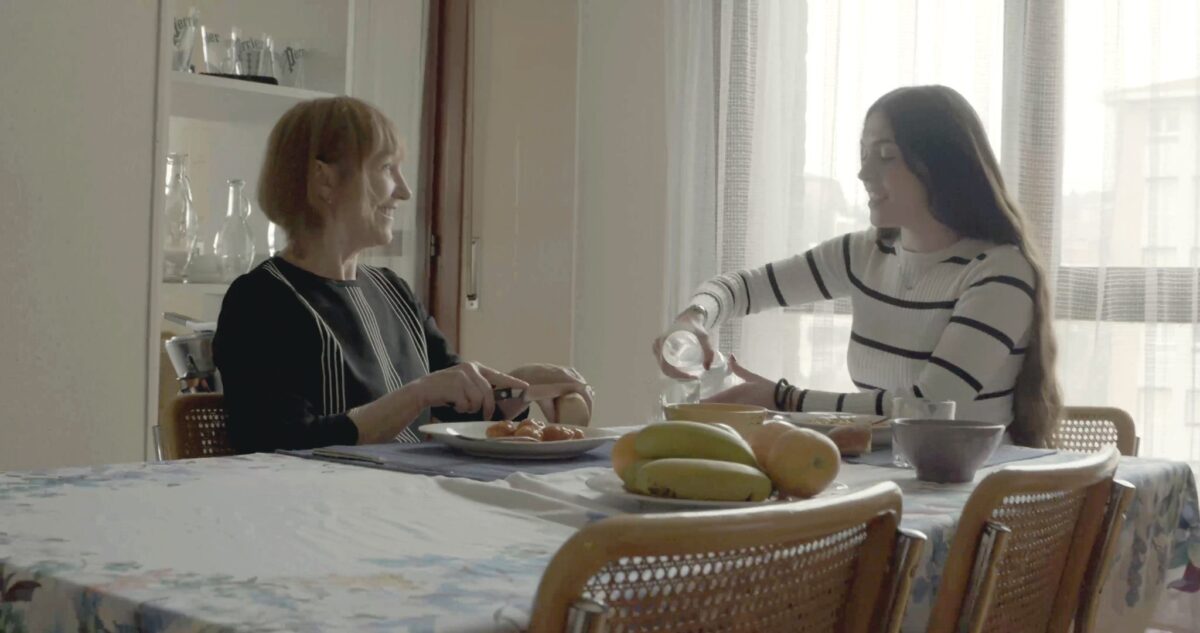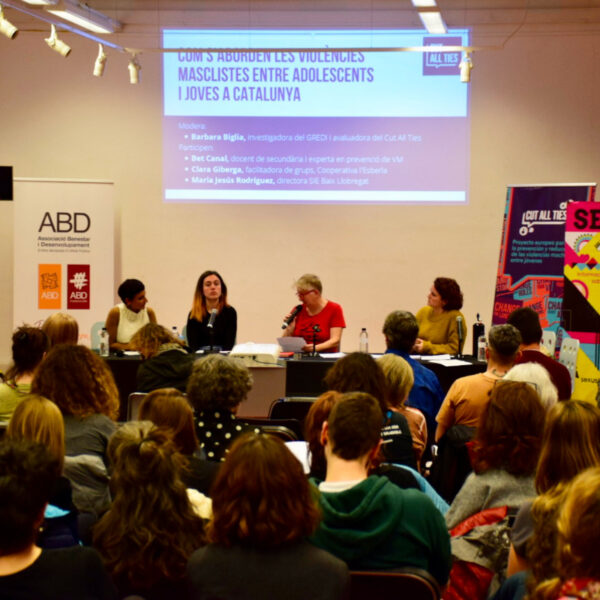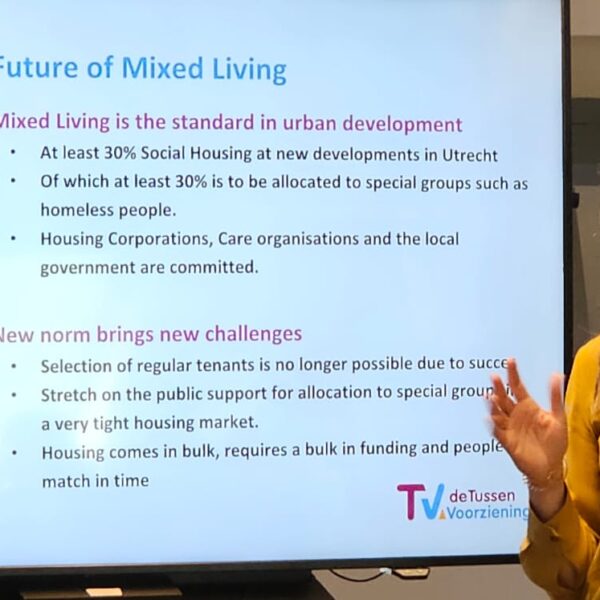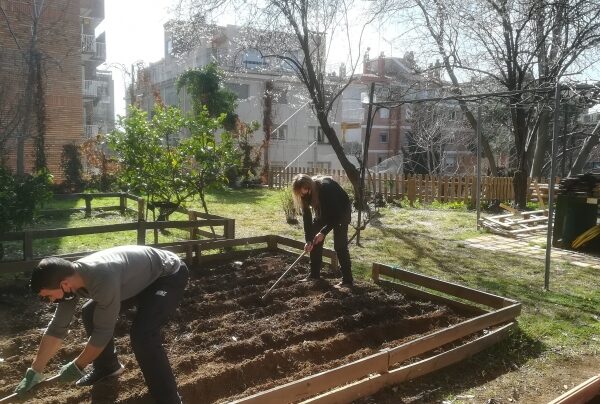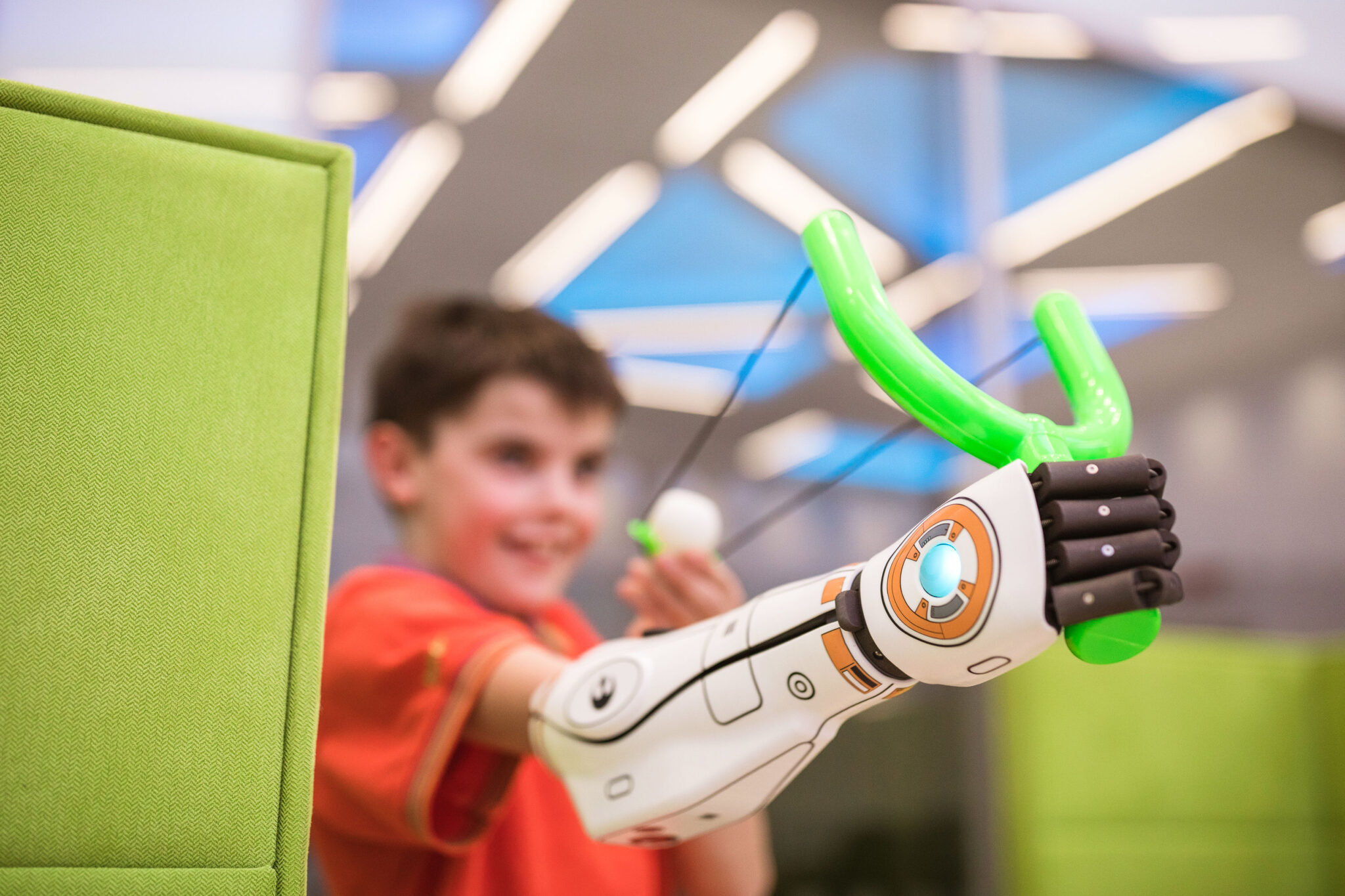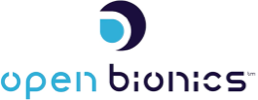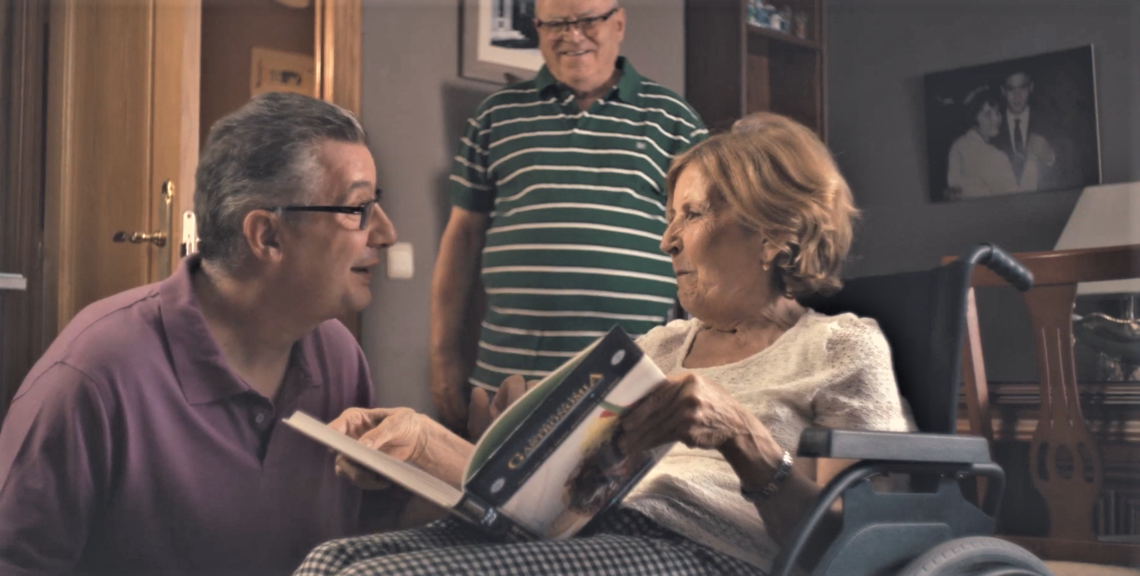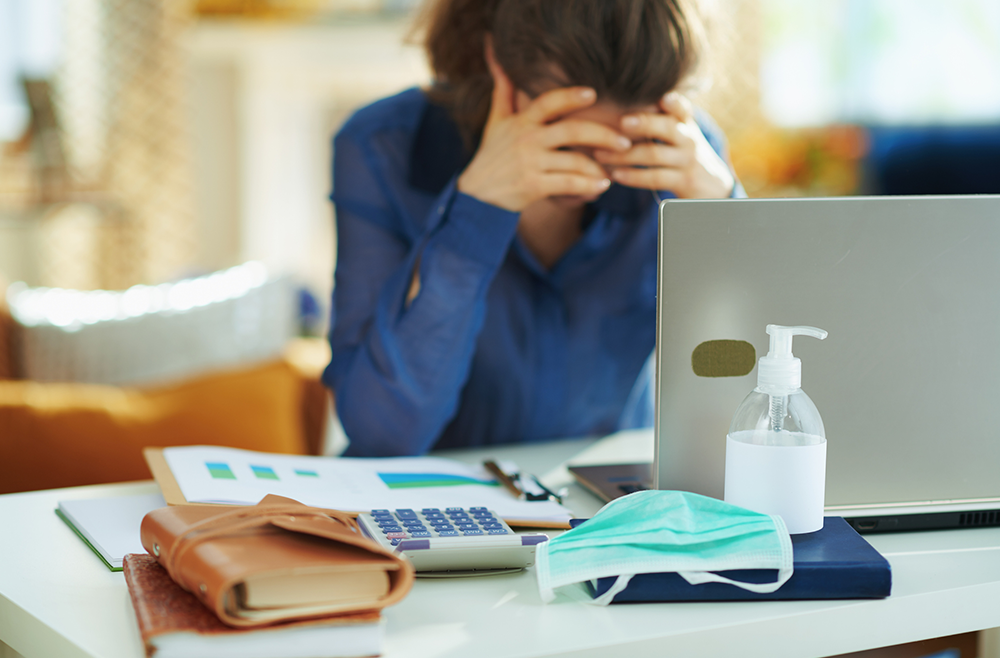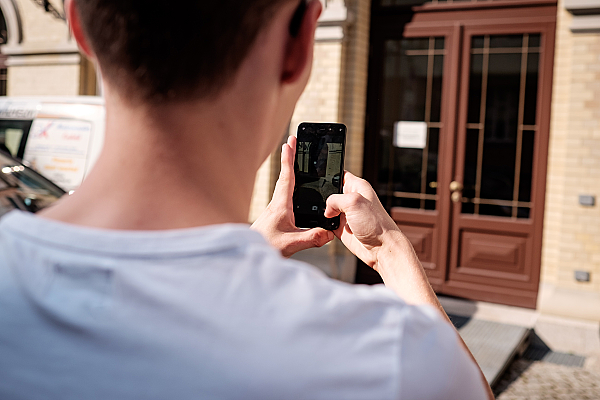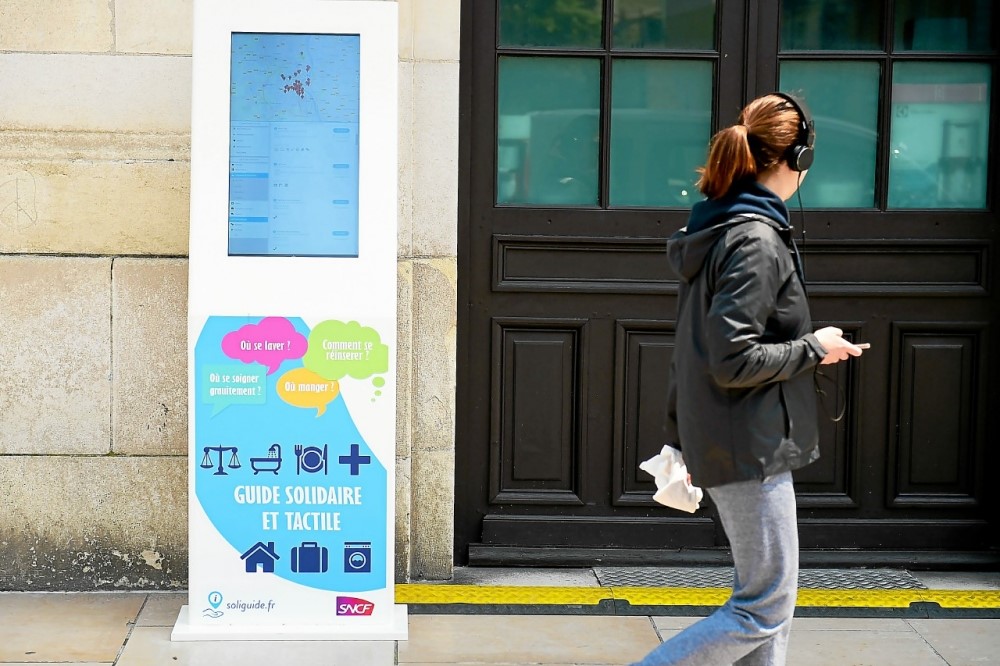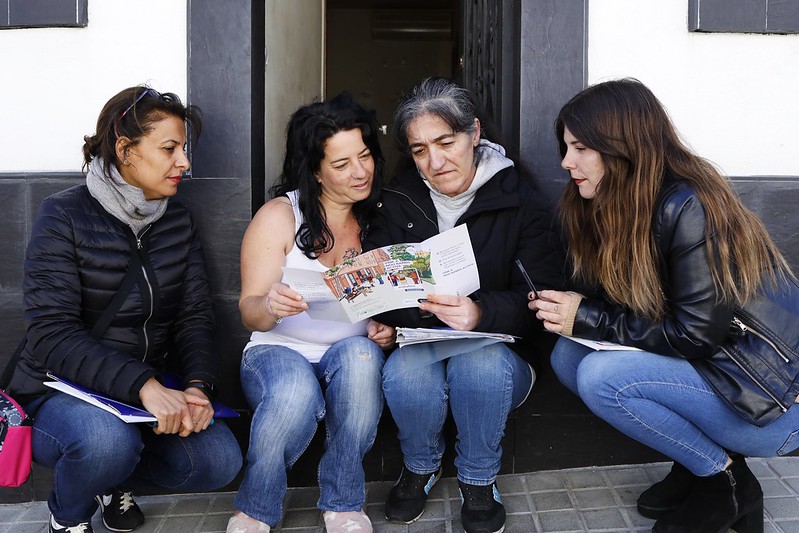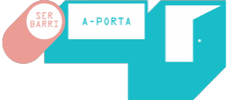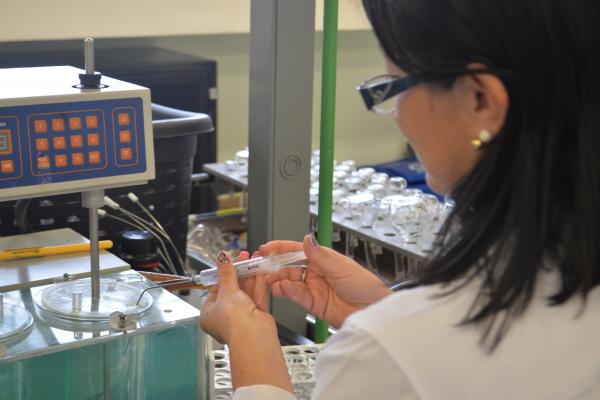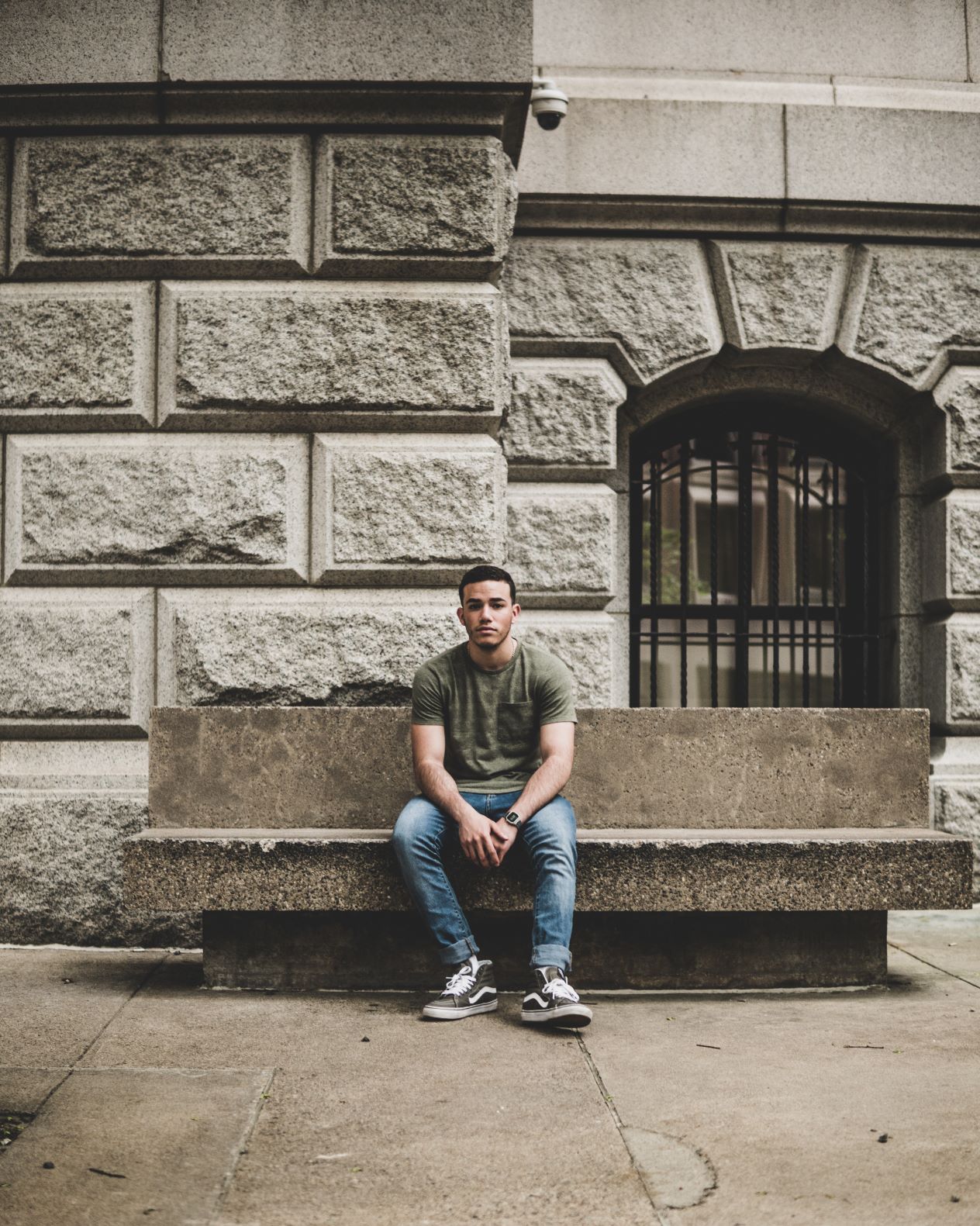Kuvu, intergenerational rent to fight the loneliness and precariousness of elderly people and youngsters
Kuvu, intergenerational rent to fight the loneliness and precariousness of elderly people and youngsters
Kuvu
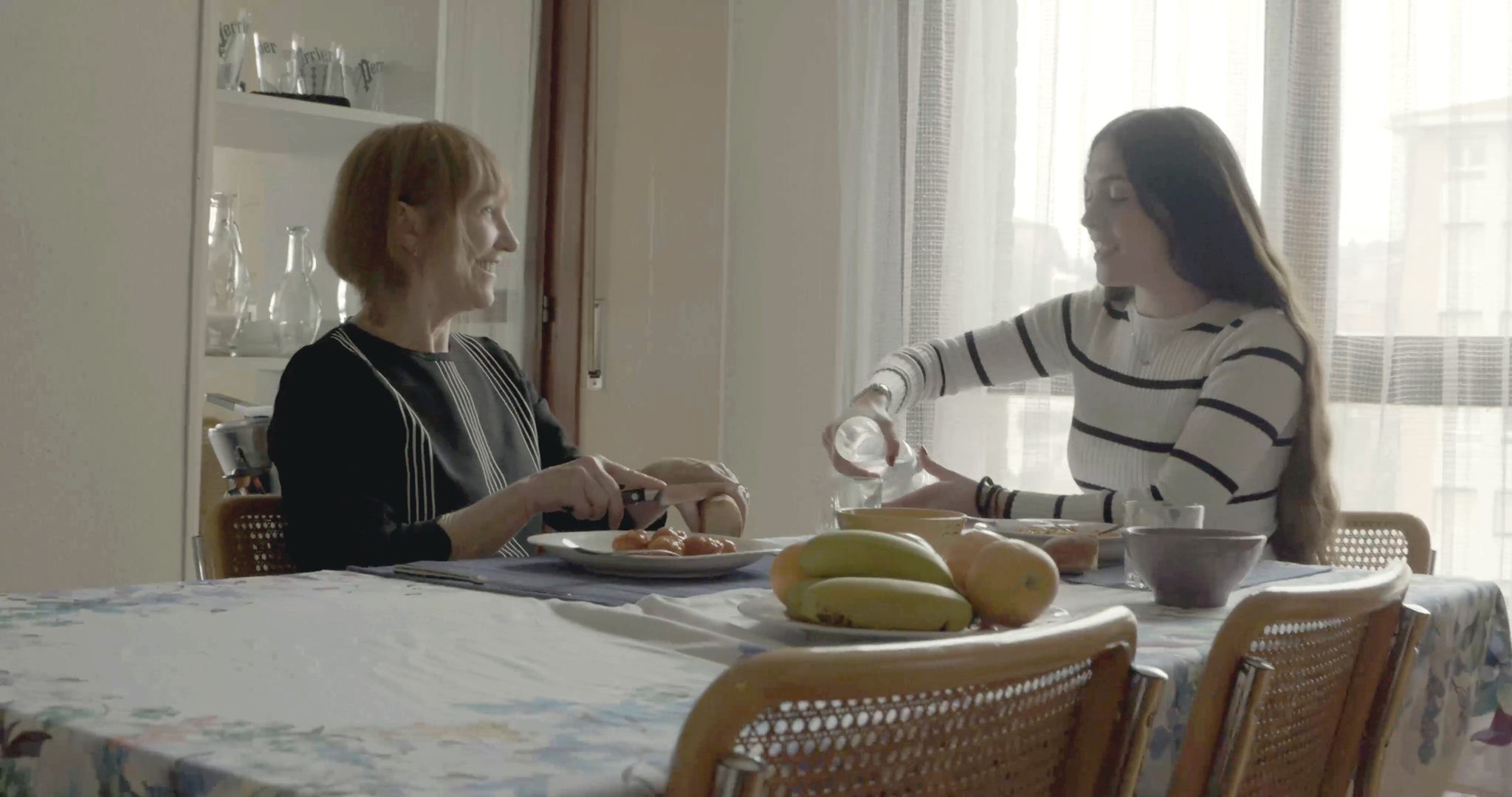
Intergenerational cohabitation thanks to Kuvu
Platform that brings into contact people older than 55 who have a free room, with young people seeking rent at affordable prices. In this way, these elderly people earn an income and stop living alone; while young people who want to become independent and do not have the means to do so, or prefer to do so in a calm and familiar environment, can achieve it for an affordable price.
Unlike other European models, where accommodation is free for the young in exchange for care activities, the Kuvu model involves an economic transaction and places those involved in a relationship of equal conditions and responsibilities, since these are two self-employed people who simply seek company and share day-to-day. Kuvu seeks to generate cohabitation and accompanying relationships, as would two roommates. Both people may have an independent life, but share some moments of the day with the other person. There is no set number of hours for participants to spend together, because the relationship is hoped to occur naturally.
In order to ensure that coexistence will be viable, at the time of registering on the platform, a form must be filled with information about living habits, so that Kuvu can pair the people who are most compatible for living together. In addition, Kuvu makes a personal follow-up to the experiences it generates to try to make them as successful as possible.
Characteristics of innovation
Location
Euskadi
Partners/Funders
Universidad del País Vasco, Mondragon Unibertsitatea, Universidad de Deusto, Mondragon Team Academy, home share International, bbk, Ship2B, Open Value.
Genesis
The Kuvu model emerged in 2017 inspired in solidarity housing programs that have existed for years in different cities, involving older and university students. The creators of Kuvu, Eduardo Fierro, Jon Ander and Haize Trueba, wanted to change the model to make it scalable, introducing the variant of an affordable rent (about EUR 350 per month) that is a viable way of becoming independent for young people and putting them on an equal footing with the elderly person who rents them the room.
Level of implementation
At the beginning of 2020, there were 15 young people sharing housing with an elderly person thanks to the Kuvu platform: 13 in Bilbao and 2 in Madrid.
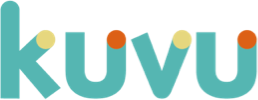
Banc d’innovacions

